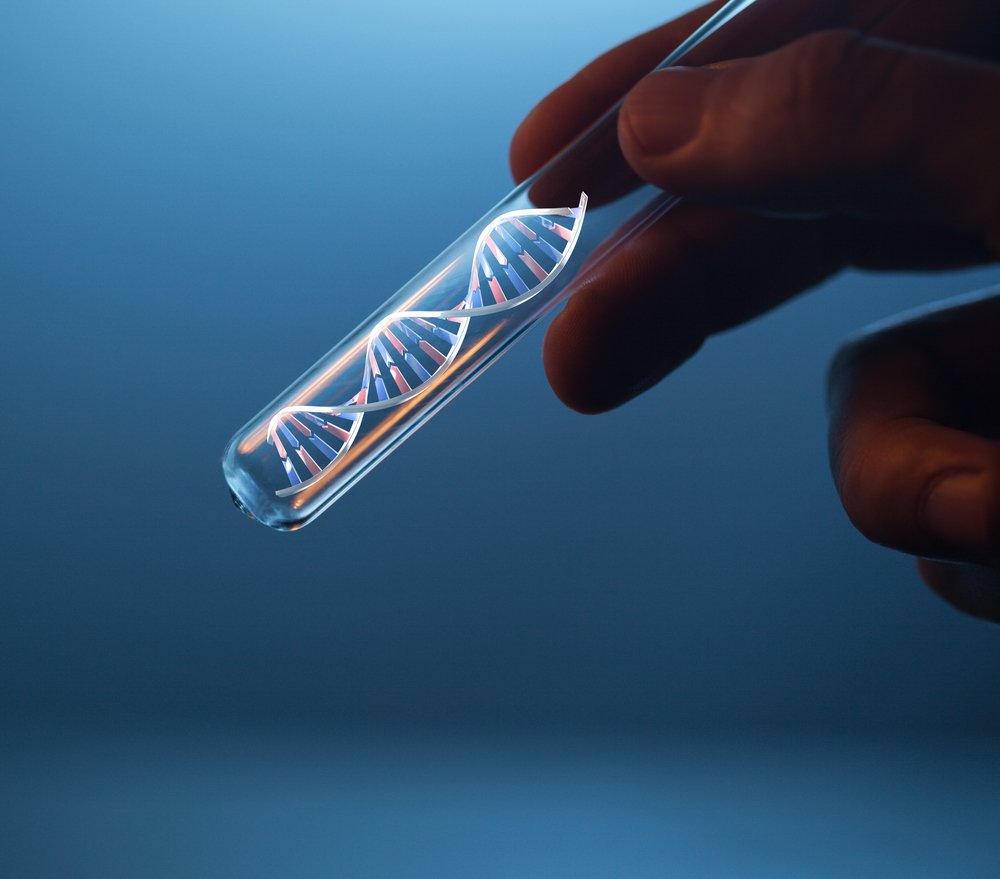Scientists Identify New Genetic Mutations Underlying Hemophilia A

Using a combination of genetic and functional approaches, scientists have identified new mutations in parts of the F8 gene that do not code for factor VIII (FVIII) in a small group of French and Canadian patients with hemophilia A.
These results were described in the study, “The challenge of genetically unresolved haemophilia A patients: Interest of the combination of whole F8 gene sequencing and functional assays,” published in the journal Haemophilia.
Mutations in the F8 gene result in missing or defective FVIII, an essential blood coagulation protein. To date, more than 3,000 genetic variants in F8 have been identified as a cause leading to hemophilia A. Yet, for 2%–5% of patients, the cause of their disease is unknown.
Identifying genetic causes is important to improve patient care and for prenatal testing in women at risk of passing a mutated F8 gene to their babies.
In the study, researchers in France and Canada investigated the F8 gene in people with hemophilia A for whom the genetic cause of their disease was unknown.
The study included 15 hemophilia A patients (nine French patients and six Canadians) with varying degrees of disease severity: two severe, four moderate, and nine mild.
Previous genetic sequencing had not found a disease-causing (pathogenic) variant in regions of the F8 gene that contain the instructions for making the FVIII protein.
The scientists then used a technique called next-generation sequencing to analyze the entire F8 gene. Results showed 11 variants, located in gene regions called introns, in 13 patients. (Genes are composed of exons and introns. While exons contain information to make proteins, introns are non-coding regions as they do not carry such information).
Three of the identified mutations were short deletions in one of the introns and were detected in six patients with mild disease. These deletions, as well as two others, had been previously described as disease-causing.
The remaining six variants were new. Further analysis focused on messenger RNA (mRNA) molecules, which are generated from DNA and serve as genetic blueprints for making proteins.
A variant in one patient made the cellular machinery skip an exon. This means that the information of this exon is not included in the FVIII protein. In two other participants, different variants caused FVIII to be shorter than normal due to the insertion of an abnormal stop sign to the conversion of mRNA into the protein.
One patient had a normal mRNA sequence in FVIII. Also, despite several tests, no mRNAs were detected for three patients.
The candidate variants from three patients were then engineered into mini genes and inserted into a cell line grown in the lab to investigate if these mutations would lead to defective splicing, which is the process that separates exons from introns. However, no impact on splicing was found.
Overall, “we elucidated the causing defect for 9 out of 15 genetically unresolved French and Canadian HA [hemophilia A] patients and we reported new deep intronic variants that can cause HA,” the researchers wrote.
“This work emphasized the important role of deep regulatory sequences in causing the disease and above all the difficulty of interpretation of these non-coding variants,” they added.






